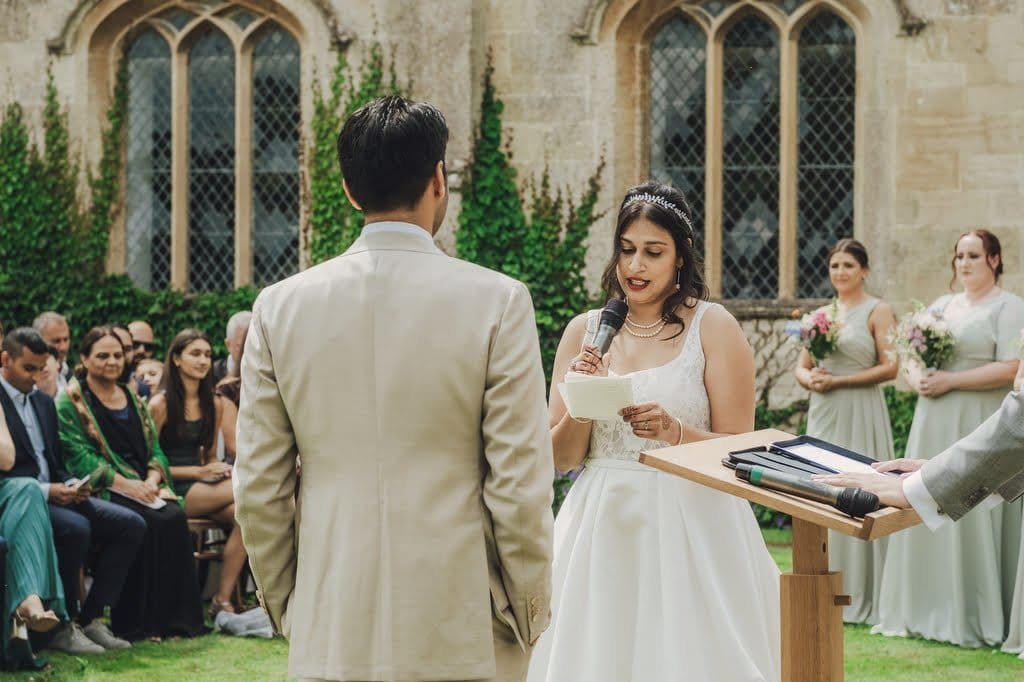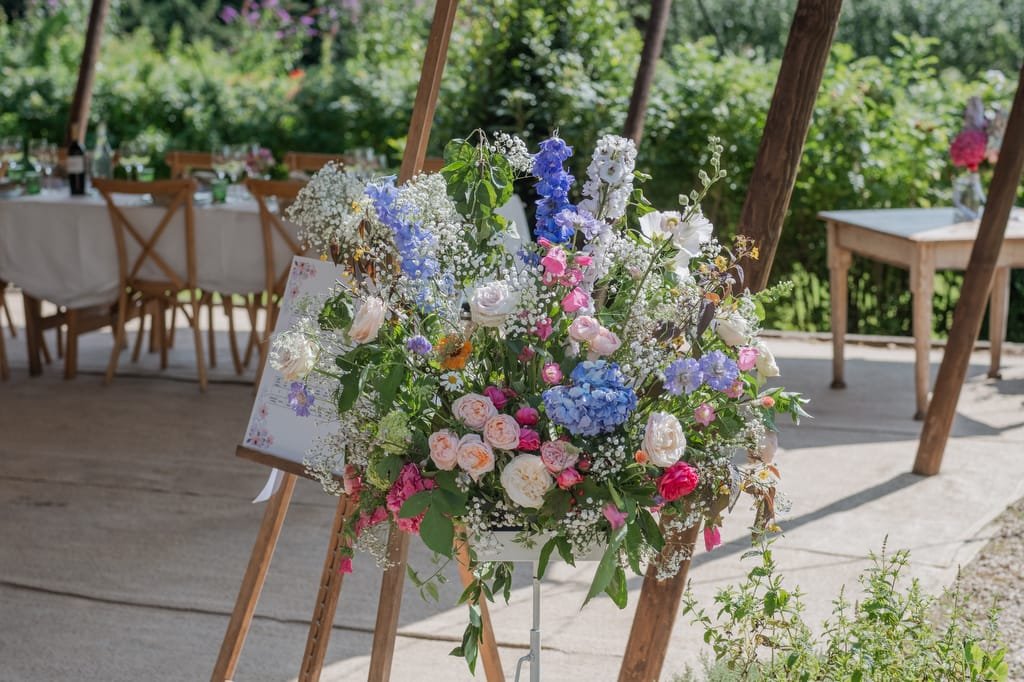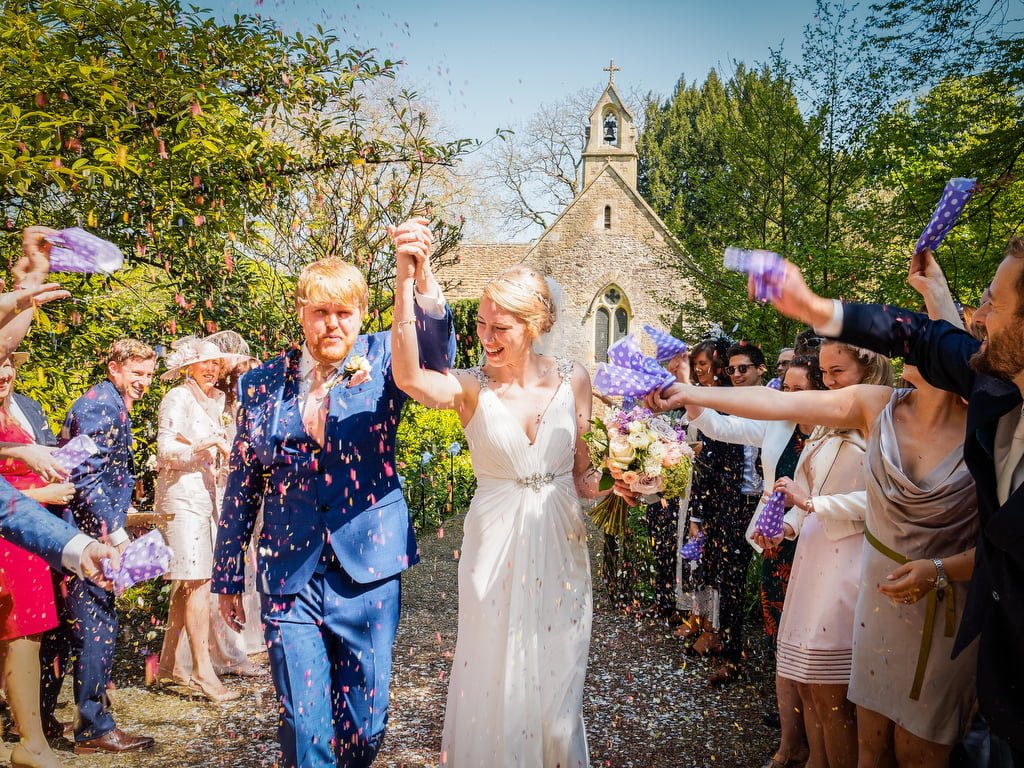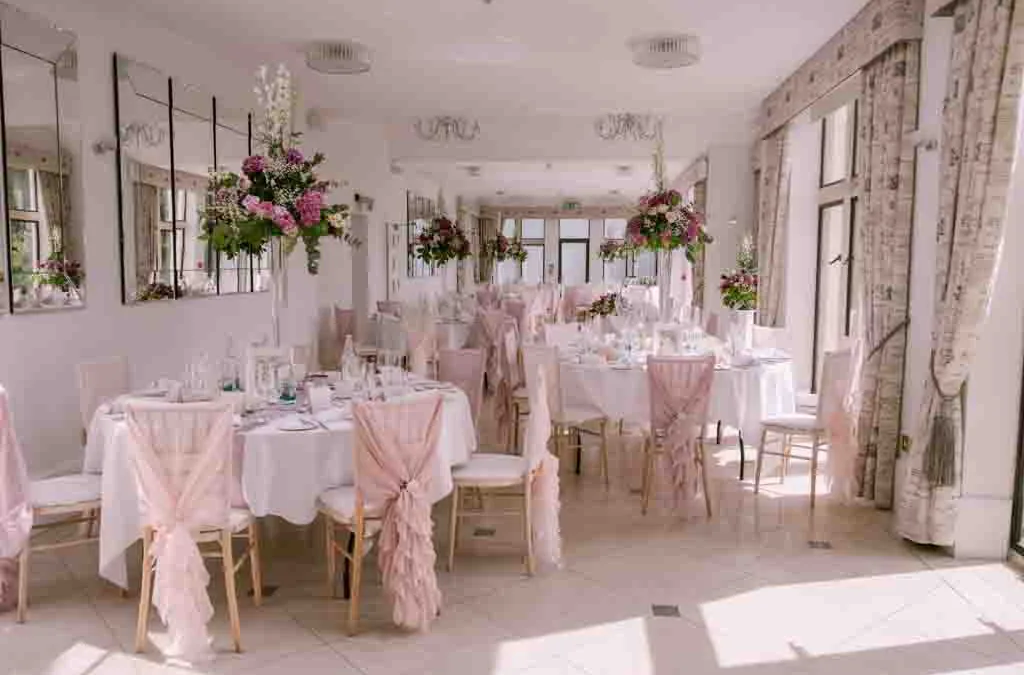The Rise of Personalized Ceremonies
Weddings in 2024 are all about personalization, creativity, and making unforgettable memories. As couples look to celebrate their love in unique ways, the wedding industry has responded with trends that reflect individuality, sustainability, and a touch of nostalgia. Here’s a look at what’s making waves in the world of weddings this year.
The Rise of Personalized Ceremonies
One of the most significant trends in 2024 is the move towards personalized wedding ceremonies. Couples are increasingly opting for celebrant-led ceremonies, which allow them to craft vows and rituals that truly reflect their relationship. This trend is driven by a desire to make the ceremony a meaningful and intimate experience, rather than a generic event. Celebrants offer flexibility in terms of location, timing, and content, making it possible to incorporate cultural traditions, personal stories, and unique elements that resonate with the couple.

Nostalgia and Retro Vibes
Retro trends are making a big comeback in 2024. From extra-piped cakes to DJs spinning vinyl, couples are embracing the charm of the past. Disposable cameras and film photography are also popular, adding a nostalgic touch to wedding albums. This trend is not just about aesthetics; it’s about creating a fun and relaxed atmosphere where guests can enjoy the moment without the pressure of perfection.
Thematic Wedding Weekends
Multi-day wedding celebrations are evolving into thematic wedding weekends. Couples are choosing specific themes for each event, such as a buttoned-up BBQ for the welcome party or a colorful garden party for the rehearsal dinner2. These themes extend to guest attire, with lookbooks provided to ensure everyone is dressed to match the occasion. This approach not only makes the wedding more memorable but also allows couples to spend quality time with their guests over several days.

Sustainability Takes Center Stage
Sustainability continues to be a major focus for weddings in 2024. Couples are making eco-friendly choices, from locally sourced flowers to digital invitations. Sustainable practices are being incorporated into every aspect of the wedding, including catering, where plant-based menus and zero-waste policies are becoming more common1. This shift reflects a broader awareness of environmental issues and a commitment to reducing the wedding’s carbon footprint.
Technology and Innovation
Technology is playing a significant role in modern weddings. Live streaming has become a staple, allowing friends and family who can’t attend in person to be part of the celebration. Drones are being used to capture stunning aerial footage, and interactive photo booths provide guests with instant keepsakes2. These innovations add a modern twist to traditional wedding elements, making the day even more special.

Focus on Guest Experience
The guest experience is at the heart of wedding planning in 2024. Couples are going above and beyond to ensure their guests have an unforgettable time. This includes personalized welcome gifts, interactive entertainment, and curated menus that cater to diverse dietary preferences1. The goal is to create a warm and inclusive atmosphere where everyone feels valued and appreciated.
Incorporating technology into weddings can add a modern touch and enhance the overall experience for both the couple and their guests. Here are some creative ways to do it:
1. Live Streaming
For guests who can’t attend in person, live streaming the ceremony and reception allows them to be part of the celebration from afar. Platforms like Zoom, YouTube, or dedicated wedding streaming services can be used to broadcast the event.
2. Drones for Photography and Videography
Drones can capture stunning aerial shots of the venue and the event, providing a unique perspective that traditional photography can’t offer. This can add a cinematic quality to wedding videos.
3. Interactive Photo Booths
Photo booths with digital props and backgrounds can provide guests with fun and memorable keepsakes. Some booths even offer GIFs or short video clips that guests can share on social media instantly.
4. Wedding Websites and Apps
Creating a wedding website or app can help manage RSVPs, share event details, and provide guests with all the information they need in one place. These platforms can also include features like digital guest books and photo sharing.
5. Virtual Reality (VR)
For a truly immersive experience, couples can use VR to create a virtual tour of their wedding venue or even a 360-degree video of their ceremony. This can be a great way to relive the day or share it with those who couldn’t attend.
6. Digital Invitations
Eco-friendly and convenient, digital invitations can be customized and sent via email or social media. They can also include interactive elements like RSVP buttons and links to the wedding website.
7. Projection Mapping
Projection mapping can transform a plain venue into a magical space by projecting images, videos, or animations onto surfaces like walls, floors, or even the wedding cake. This can create a dynamic and visually stunning atmosphere.
8. Social Media Integration
Encouraging guests to use a specific hashtag for sharing photos and videos on social media can create a collective digital album of the event. Couples can also set up live social media feeds at the venue to display guests’ posts in real-time.
9. Augmented Reality (AR)
AR can be used to create interactive wedding invitations or programs. Guests can scan a code with their smartphones to see animations, videos, or additional information about the event.
10. Smart Lighting and Sound Systems
Using smart lighting and sound systems can help set the mood and enhance the ambiance of the wedding. These systems can be controlled remotely to adjust lighting colors, patterns, and music throughout the event.
11. Digital Guest Books
Instead of traditional guest books, couples can use tablets or touchscreens where guests can leave messages, photos, or videos. These digital guest books can be easily compiled and shared after the wedding.
12. Wearable Tech
Wearable tech like smartwatches can help the couple stay connected and on schedule throughout the day. They can receive notifications for important moments, like the start of the ceremony or the first dance.
By integrating these technologies, couples can create a more engaging, memorable, and personalized wedding experience. Which of these ideas do you find most exciting?
Setting up a virtual tour for your wedding venue can be a fantastic way to showcase the space to potential guests who can’t visit in person. Here are the steps to create an engaging and effective virtual tour:
1. Choose the Right Technology
Select a platform that specializes in virtual tours. Some popular options include:
- WeddingVenues360: They create interactive virtual tours specifically for wedding venues.
- Virtual Wedding Venues: Offers 3D tours of various wedding venues.
- The Venue Showcase: Provides 360-degree panoramic tours.
2. Plan Your Tour
Decide which areas of the venue you want to highlight. This typically includes:
- Ceremony space
- Reception area
- Bridal suite
- Outdoor spaces
- Any unique features (e.g., gardens, historic elements)
3. Hire a Professional Photographer/Videographer
To ensure high-quality visuals, hire a professional who has experience with virtual tours. They will use specialized equipment like 360-degree cameras and drones to capture the venue from all angles.
4. Stage the Venue
Make sure the venue is clean and well-decorated. Set up tables, chairs, and decorations as they would be on the wedding day. This helps potential clients visualize their own event in the space.
5. Create Interactive Elements
Add interactive features to your virtual tour, such as:
- Hotspots: Clickable areas that provide more information or close-up views.
- Guided Tours: Live or pre-recorded guided tours where you can walk viewers through the venue and answer questions in real-time1.
6. Integrate with Your Website
Embed the virtual tour on your venue’s website. Make it easy for visitors to find and navigate. You can also share the tour on social media and in email marketing campaigns.
7. Offer Live Virtual Tours
In addition to the pre-recorded tour, offer live virtual tours where you can interact with potential clients, answer their questions, and provide a personalized experience1.
8. Collect Feedback
After the tour, ask for feedback to understand what potential clients liked and what could be improved. This will help you refine the experience over time.
9. Promote Your Virtual Tour
Use social media, wedding planning websites, and email newsletters to promote your virtual tour. Highlight the convenience and accessibility it offers to couples who are planning their wedding from afar.
10. Keep It Updated
Regularly update the virtual tour to reflect any changes or improvements to the venue. This ensures that potential clients always see the most current and accurate representation of the space.

